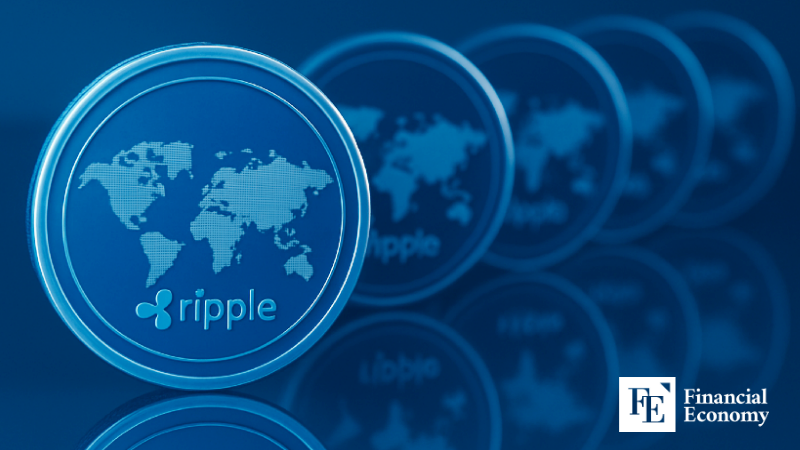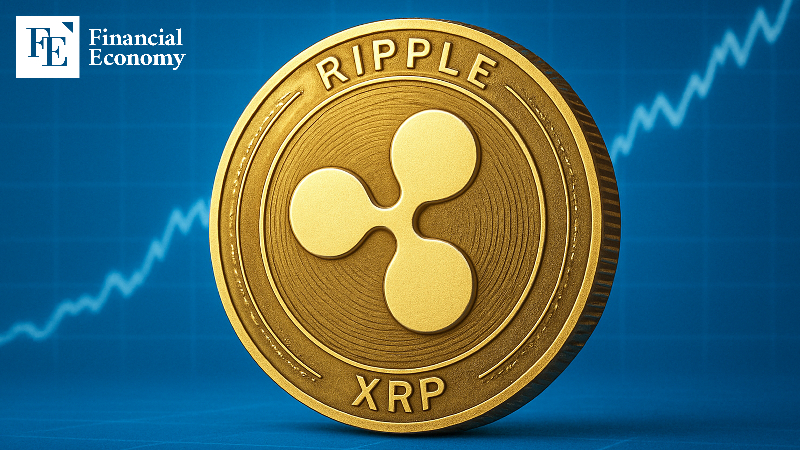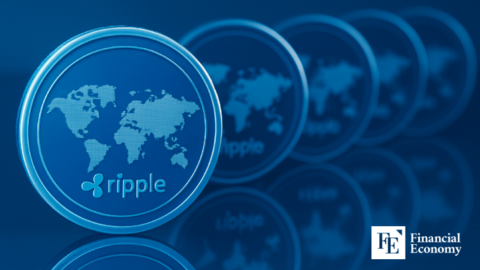Ripple Targets Banking Sphere, Accelerates Global Expansion of Custody Solutions
Input
Changed
Ripple, global custody business expansion Resurrecting medieval bank-style deposit model RLUSD settlement infrastructure rollout

Ripple, the issuer of XRP—the world’s third-largest cryptocurrency by market capitalization—is preparing to launch a digital asset custody business in South Korea. By venturing into custody, Ripple aims to absorb banking functions while simultaneously testing real-world transactions through its new stablecoin, RLUSD, thereby broadening its role within the financial order. Moving beyond simple token issuance, the strategy of incorporating asset safekeeping and settlement represents a decisive step toward the heart of regulated finance.
Korea Market Appointments and Partnership Expansion
According to the digital asset industry on the 12th, Ripple recently appointed a Korea country head and is preparing to roll out custody services domestically. Since Ripple does not hold a Virtual Asset Service Provider (VASP) license in Korea, it plans to partner with licensed local firms to distribute its custody solutions. Ripple has already forged partnerships with domestic custody firm BDAX and Danal’s blockchain subsidiary Danal Fintech.
In parallel, Ripple will host “XRP Seoul 2025,” a Web3 conference dedicated to its ecosystem expansion, at COEX on September 21. On September 25, at Korea Blockchain Week, the company will also stage an event allowing participants to make payments directly with RLUSD at merchant sites—its first live demonstration of stablecoin settlement in Korea.
Beyond Asia, Ripple has signed a partnership with Spain’s BBVA to accelerate custody operations in Europe. BBVA, with total assets of $7,960 billion and annual cross-border settlement volumes exceeding $217 billion across more than 30 countries, will integrate Ripple Custody, an institutional platform developed following Ripple’s acquisition of Metaco. This will allow BBVA to provide retail clients in Spain with fully regulated custody and trading services under the EU’s MiCA framework. Ripple’s custody footprint already spans Switzerland, Germany, France, the UK, the US, Singapore, and Hong Kong.
Medieval Bank-Style Gold Deposits Revisited
Custody services safeguard and manage clients’ digital assets in exchange for fees, echoing medieval banking practices. In 11th-century Italy, money changers, leveraging their expertise in valuing gold and silver coins, pioneered financial services by storing gold, issuing certificates, and extending loans against deposits to earn interest. Practices such as issuing certificates in excess of reserves maximized profit and entrenched a financial system relied upon by merchants, nobles, and royalty. Monte dei Paschi di Siena—established in 1472 and the world’s oldest surviving bank—remains a legacy of this tradition.
Ripple identified risks inherent in self-custody, where investors face potential theft or loss of private keys, as a rationale for entering the space. Corporate investors—who typically manage large volumes of digital assets—constitute the primary demand base. However, in Korea, even if corporations acquire Bitcoin, restrictions on corporate real-name accounts prevent liquidation into fiat. Ripple’s custody business, distinct from XRP token sales, has therefore emerged as a separate cash cow.
Ripple stresses that its custody solutions offer “bank-grade” security and compliance standards trusted by global financial institutions, seamlessly integrated with the XRP Ledger (XRPL). The platform facilitates tokenization of real-world assets (RWA) and efficient issuance, transfer, and trading of digital assets—mirroring the evolutionary arc of traditional finance from gold deposits to lending and investment.

Challenge to U.S. Banks, Encroachment into Financial Core
Ripple’s application for a U.S. banking license further underscores its ambitions. In July, Ripple filed with the Office of the Comptroller of the Currency (OCC) for a trust bank charter. While such a license does not authorize deposit-taking or lending, it does allow custody and settlement functions—essentially a limited-purpose B2B institution.
To that end, Ripple plans to establish a new entity, “Ripple National Trust Bank,” headquartered in New York, wholly owned by Ripple Labs and overseen by a five-member board. The bank will manage RLUSD reserves, custody services, and related settlement operations. RLUSD, a dollar-pegged stablecoin, is being readied for integration with Ripple’s enterprise payment network.
Separately, Ripple has applied for a master account with the Federal Reserve. If approved, this would grant the company direct access to the U.S. central banking system, enabling it to store stablecoin reserves and process settlements independently of legacy intermediaries. Analysts note such access would materially enhance Ripple’s operational efficiency and autonomy.
Notably, Circle—the issuer of USD Coin—previously pursued the same banking pathway, signaling an industry-wide push for regulatory integration. Depending on regulatory approval, Ripple could emerge as an independent financial institution within the U.S., offering global corporate clients a trusted, scalable service rivaling traditional banks. The trajectory makes clear that Ripple’s ultimate objective is not merely digital asset services, but a full-fledged assault on the banking establishment.






















Comment